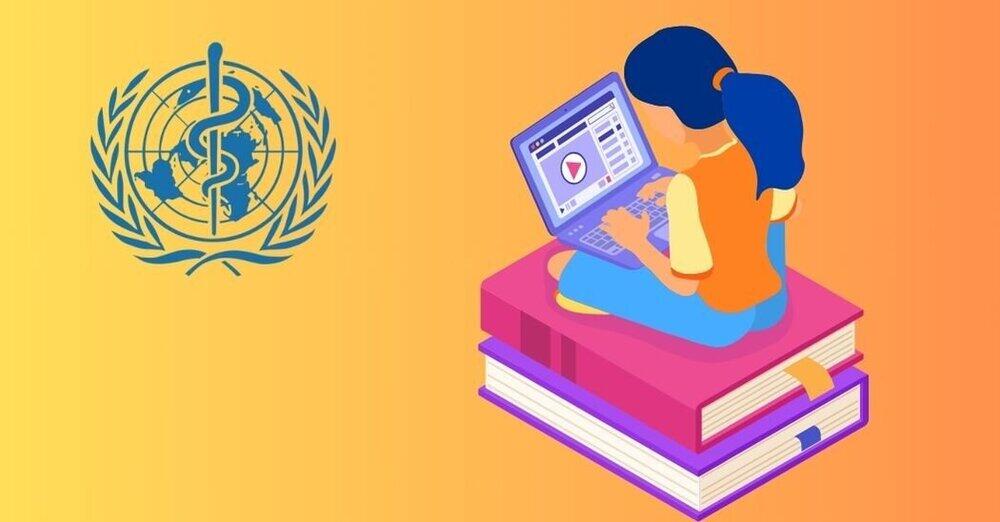Unraveling the Mysteries of the WHO ADHD Test for Adults: An Expert's Perspective
April 19, 2023 - Reading time: 7 minutes

ADHD can be a perplexing condition for adults, often presenting symptoms similar to other mental health issues. As a clinical psychologist, I've helped numerous individuals manage their ADHD symptoms using test and tools at my disposal.
The journey towards an accurate diagnosis begins with recognizing potential symptoms. The ASRS serves as a beacon guiding individuals through this initial phase by providing them with a structured framework within which they can self-assess their behaviors and experiences.
The Essence of the WHO ADHD Test
The questionnaire comprises eighteen questions based on DSM-V criteria for diagnosing ADHD – six focusing on attention deficit issues and twelve addressing hyperactivity/impulsivity aspects. These questions are designed such that respondents rate how frequently each statement applies to them over recent months using a five-point scale ranging from "never" through "very often."
This self-reporting mechanism allows individuals who may be struggling with focus or impulsivity issues but have not yet sought professional help due to stigma or lack of awareness, gain insight into whether their experiences align with typical manifestations of adult ADHD.
Here's why:
- Illuminating the Path to Diagnosis: Early detection of ADHD symptoms is key to receiving the right treatment and support.
- Disentangling ADHD from Other Disorders: The test allows me to differentiate ADHD from other mental health conditions with similar presentations.
- Empowering Personal Understanding: Clients can gain insight into their condition and recognize the need for professional intervention.
Delving Deeper into the WHO ADHD Test
The WHO ADHD test consists of 18 carefully crafted questions, designed to pinpoint specific ADHD symptoms.
Divided into two parts, the test unfolds as follows:
- Part A: Six questions capturing the most common ADHD symptoms. A positive response to four or more questions may indicate ADHD.
- Part B: Twelve additional questions, delving deeper into the severity and frequency of ADHD symptoms.
Upon completing the test, I strongly recommend consulting with a healthcare professional for a formal evaluation and diagnosis.
Navigating the WHO ADHD Test: Tips from a Clinical Psychologist
To obtain the most accurate results, heed these guidelines when taking the WHO ADHD test:
- Honesty is the Best Policy: Answer each question truthfully, without exaggerating or downplaying your symptoms.
- Time Travel to the Past Six Months: Focus on the frequency of symptoms during this period.
- Slow and Steady Wins the Race: Carefully read and understand each question before answering.
- The Limitations of the WHO ADHD Test: A Word of Caution
Despite its immense value, the WHO ADHD test does have certain limitations:
- The Fallibility of Self-reporting: Individuals may consciously or unconsciously misrepresent their symptoms.
- A Stepping Stone, Not the Destination: A positive test result should be followed by a thorough evaluation from a healthcare professional to confirm the diagnosis.
- Entangled Conditions: The test does not consider other mental health disorders that may cause similar symptoms.
From Diagnosis to Triumph: ADHD Treatment and Management Strategies
This newfound awareness can be transformative. Recognising one's struggles align with a recognised medical condition often alleviates feelings of self-blame or inadequacy that may have been internalized over years of struggling with undiagnosed ADHD. This recognition can serve as a catalyst propelling individuals towards seeking professional intervention – a crucial step towards managing their symptoms effectively and improving overall quality of life.
Upon receiving an ADHD diagnosis after the WHO ADHD test, explore these treatment options: Medications, including stimulants, non-stimulants, and antidepressants, can alleviate symptoms, while behavioural therapies, such as CBT and other psychotherapies, can impart crucial coping skills for managing ADHD effectively.
- Lifestyle changes: Embrace regular exercise, a balanced diet, and sufficient sleep to enhance focus and concentration.
- Time management techniques: Establish routines and prioritise tasks to stay organised and productive.
A Clinical Psychologist's Perspective on the WHO ADHD Test
As a clinical psychologist, I have witnessed the transformative power of the WHO ADHD test for adults in unravelling the mysteries of ADHD and guiding individuals toward effective treatment and management strategies.
Remember, the WHO ADHD test is just the beginning. With the right support, treatment, and decision-making, you can overcome your ADHD challenges and succeed in all aspects of life. So take the first step and embrace the change and the potential for growth that follows.

